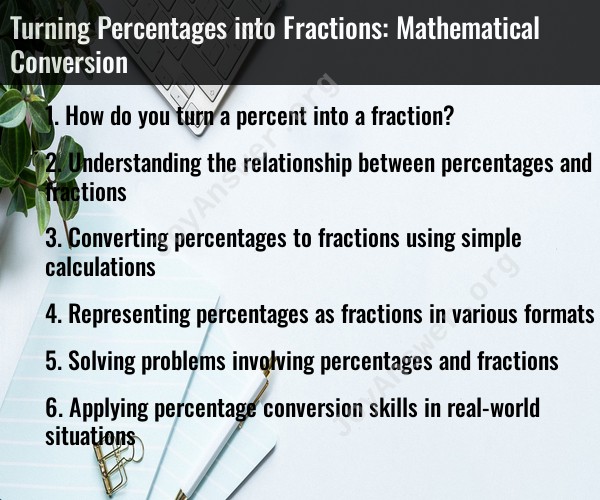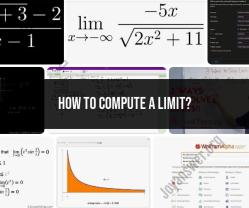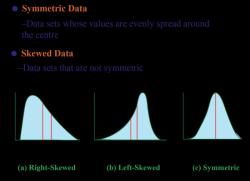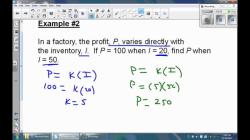How do you turn a percent into a fraction?
To turn a percentage into a fraction, follow these steps:
Convert the Percentage to a Decimal:
- Divide the percentage value by 100 to convert it to a decimal.
Express the Decimal as a Fraction:
- Write the decimal as a fraction. The fraction should have a numerator equal to the decimal value and a denominator that is a power of 10, depending on the number of decimal places.
Simplify the Fraction (if needed):
- If possible, simplify the fraction by dividing both the numerator and denominator by their greatest common factor.
Let's go through an example:
Example: Convert 75% to a fraction.
Convert the Percentage to a Decimal:
- (because ).
Express the Decimal as a Fraction:
- Write 0.75 as the fraction .
Simplify the Fraction (if needed):
- Simplify by dividing both the numerator and denominator by their greatest common factor, which is 25. The simplified fraction is .
So, can be expressed as .
Here's another example:
Example: Convert to a fraction.
Convert the Percentage to a Decimal:
- (because ).
Express the Decimal as a Fraction:
- Write 0.20 as the fraction .
Simplify the Fraction (if needed):
- Simplify by dividing both the numerator and denominator by their greatest common factor, which is 20. The simplified fraction is .
So, can be expressed as .
In summary, converting a percentage to a fraction involves converting the percentage to a decimal and then expressing that decimal as a fraction, which can be simplified if necessary.
Understanding the relationship between percentages and fractions
Percentages and fractions are both ways of expressing parts of a whole. However, they have different ways of representing these parts.
Percentages express a part of a whole as a proportion of 100. For example, 50% means 50 out of 100, or half.
Fractions express a part of a whole by dividing the whole into a number of equal parts and then taking a specific number of those parts. For example, 1/2 means 1 out of 2 equal parts, or half.
The relationship between percentages and fractions is that a percentage can be converted to a fraction by dividing it by 100 and simplifying the fraction if necessary. Conversely, a fraction can be converted to a percentage by multiplying it by 100.
Converting percentages to fractions using simple calculations
To convert a percentage to a fraction, follow these steps:
Write the percentage as a decimal without the percent sign.
Divide the decimal by 100.
Simplify the fraction, if necessary.
For example, to convert 50% to a fraction, we would follow these steps:
Write 50% as 0.5.
Divide 0.5 by 100.
Simplify the fraction to get 1/2.
Therefore, 50% is equivalent to 1/2.
Representing percentages as fractions in various formats
Percentages can be represented as fractions in a variety of formats, including:
Decimal fractions: This is the most common format for representing percentages as fractions. For example, 50% can be represented as 0.5.
Common fractions: Common fractions are fractions that have a numerator and denominator that are both integers. For example, 50% can be represented as 1/2.
Mixed numbers: Mixed numbers are a combination of a whole number and a fraction. For example, 50% can be represented as 1 1/2.
Solving problems involving percentages and fractions
When solving problems involving percentages and fractions, it is important to be able to convert back and forth between the two. Here are some tips for solving these types of problems:
Identify the information that is given to you. What are you asked to find? What information do you have about the percentages or fractions involved?
Use a consistent method for converting percentages to fractions. You can use a calculator, a chart, or your own calculations.
Check your work carefully. Make sure that your answer makes sense in the context of the problem.
Applying percentage conversion skills in real-world situations
Percentages and fractions are used in a wide variety of real-world situations. Here are a few examples:
Calculating discounts: When you see a sale advertised at 20% off, you can use this percentage to calculate the discount price.
Measuring ingredients: When you are baking a cake, you may need to use fractions of cups of flour, sugar, and other ingredients.
Interpreting data: When you are reading a news article, you may see statistics that are expressed as percentages. For example, you might read that 50% of people support a certain political candidate.
By understanding the relationship between percentages and fractions, you can be more confident in your ability to solve problems and interpret information in a variety of contexts.













